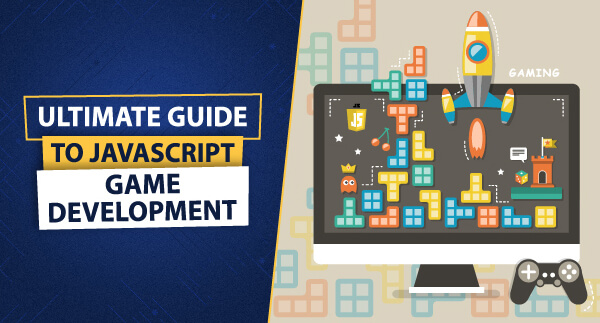Category: Playful Programming: JavaScript Game Creation for Kids
-

Appendix: Resources for Young Game Developers
•
Useful Websites and Tutorials In this appendix, we compile a curated list of resources tailored for young game developers looking to expand their skills and knowledge in game development using JavaScript, HTML5, and CSS. Online Learning Platforms: Game Development Tools and Engines: Online Communities and Forums: Educational Websites: YouTube Channels:…
-

Chapter 12: Bonus Projects
•
Making a Puzzle Game In this chapter, we delve into the creation of a puzzle game using JavaScript, HTML5, and CSS. Puzzle games are engaging and offer a variety of challenges that can captivate players of all ages. Let’s explore how to conceptualize and develop a basic puzzle game. Conceptualizing…
-

Chapter 11: Sharing Your Game with the World
•
Hosting Your Game Online Once you’ve developed and polished your platformer game, the next step is to make it accessible to players worldwide by hosting it online. This chapter covers the process of hosting your game using various platforms and services. To begin, prepare your game files for deployment. Ensure…
-

Chapter 10: Polishing Your Game
•
Creating Menus and Buttons In game development, menus and buttons are crucial for enhancing user experience and providing navigation within your game. This chapter focuses on implementing menus and buttons using JavaScript, HTML5, and CSS to polish your platformer game. To begin, set up your HTML file (index.html) to include…
-

Chapter 9: Keeping Score: Adding Game Logic
•
Creating a Scoring System In game development, a scoring system adds depth and motivation for players to engage with your game. This chapter focuses on implementing a basic scoring system using JavaScript and HTML5 <canvas> for your platformer game. To begin, set up your HTML file (index.html) with a <canvas>…
-

Chapter 8: Building a Platformer Game
•
Designing Game Levels In game development, designing game levels is a critical aspect that influences player experience and engagement. This chapter focuses on how to design engaging and challenging levels for a platformer game using JavaScript and HTML5 <canvas>. To begin, conceptualize the layout and structure of your game levels.…
-

Chapter 7: Graphics and Sounds
•
Adding Images to Your Game In this chapter, you’ll explore how to enhance your game by integrating images using JavaScript and HTML5 <canvas>. Adding images can significantly enrich the visual experience of your game, making it more engaging for players. To get started, ensure you have a set of images…
-

Chapter 6: Level Up: Adding Complexity to Your Games
•
Using Functions to Organize Code As your games become more complex, organizing your code becomes essential for maintaining clarity and efficiency. This chapter explores how to use functions in JavaScript to structure and modularize your game code effectively. Start by setting up your HTML file with a <canvas> element where…
-

Chapter 5: Interactive Fun: Responding to User Input
•
Handling Keyboard and Mouse Events To make your games interactive and responsive, you’ll use JavaScript to handle keyboard and mouse events. User input such as key presses and mouse clicks allows players to interact with your game, control characters, and trigger actions. Understanding how to handle these events is essential…
-

Chapter 4: Making Things Move: The Basics of Animation
•
Understanding the Canvas Element To bring movement and animation into your games, you’ll need to use the HTML5 <canvas> element. This element provides a space on your web page where you can draw and animate graphics using JavaScript. Understanding how to use the <canvas> element is essential for creating dynamic…
-

Chapter 3: Creating Your First Game: The Clicker Game
•
Introduction to HTML and CSS Now that you have a basic understanding of JavaScript, let’s combine it with HTML and CSS to create your first game: a simple Clicker Game. Before diving into the game development, it’s important to understand the roles of HTML and CSS. HTML: The Structure of…
-

Chapter 2: Let’s Start Coding!
•
Basics of JavaScript Now that your workspace is set up, it’s time to dive into the basics of JavaScript. Understanding these fundamentals will provide a solid foundation for creating your own games. In this section, we’ll cover variables, data types, operators, and functions. JavaScript Syntax JavaScript syntax refers to the…
-

Chapter 1: Welcome to the World of Game Development
•
Introduction to Game Development Welcome, young coder, to the exciting world of game development! In this chapter, you’ll learn what game development is all about and why it’s such a fun and rewarding skill to have. What is Game Development? Game development is the process of creating video games. It…